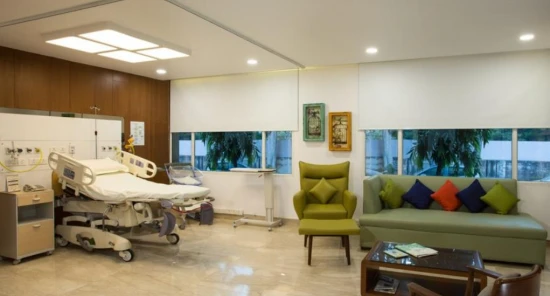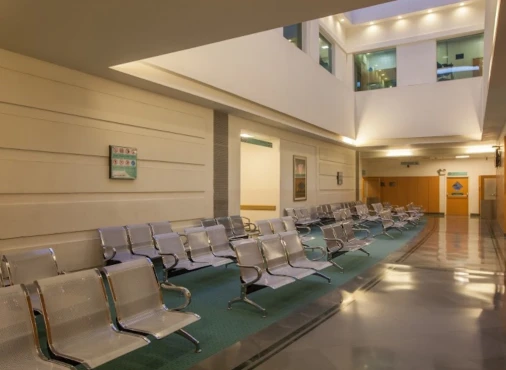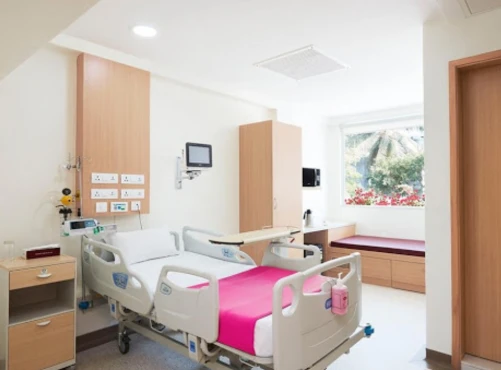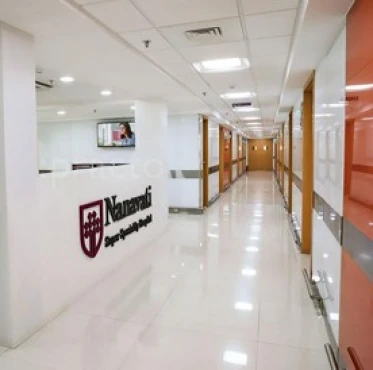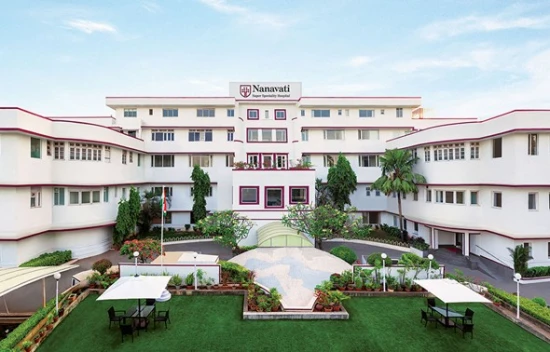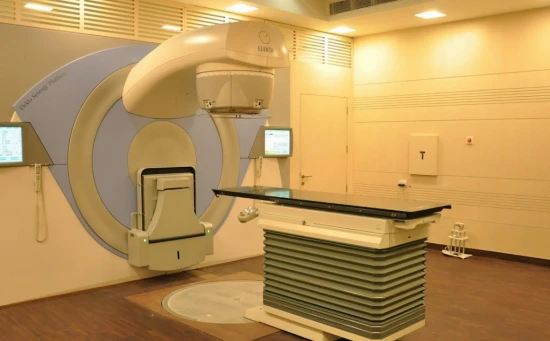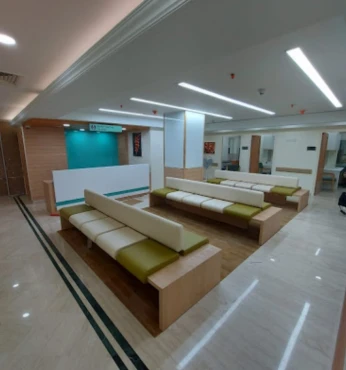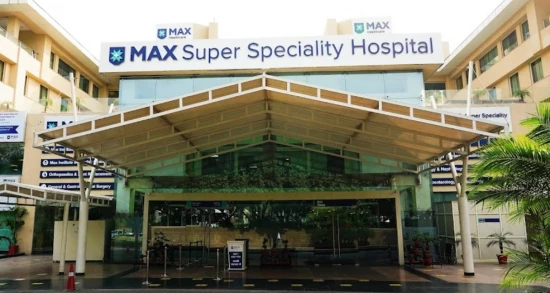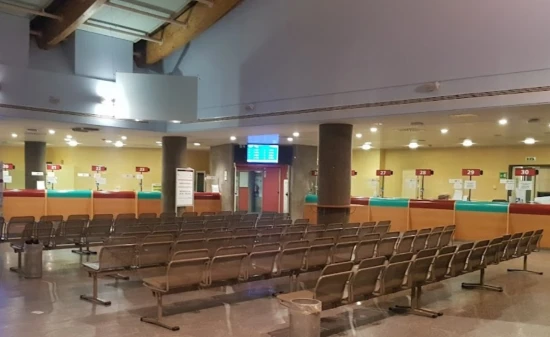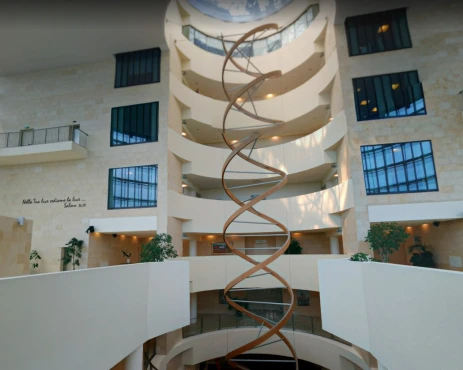Coronary catheterization in 487 Cardiac surgery clinics worldwide
487 clinics specializing in Cardiac surgery providing Coronary catheterization Coronary catheterization, also known as cardiac catheterization, is a diagnostic procedure in which a catheter is inserted into the heart through an artery or vein to examine the blood vessels, chambers, and valves and diagnose heart conditions. procedure worldwide.
Sorted by:
Relevance
Rating
Cost of procedures
Relevance
Prices for selected procedures, total:
from $475
Prices for popular procedures:
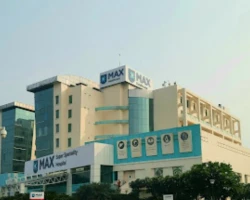
New Delhi, India
Specializations: Cardiac surgery, Vascular surgery, Thoracic surgery, Neurosurgery, Spine surgery, Orthopedic surgery, Oncology, Dentistry
The Max smart super specialty hospital in Saket is located in south Delhi and is a reputed multi- specialty hospital that has set its quality
read more
Prices for selected procedures, total:
from $475
Prices for popular procedures:
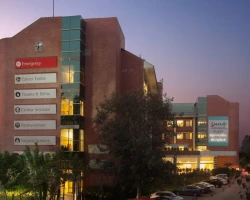
Mohali, India
Specializations: Cardiac surgery, Vascular surgery, Thoracic surgery, Neurosurgery, Spine surgery, Orthopedic surgery, Oncology, Dentistry
Max Super Speciality Hospital, Mohali is a unit of Hometrail Estate Pvt. Ltd., offering services across medical disciplines of Neurosciences, Cardiac Sciences, Cancer Care, Orthopaedics,
read more
Prices for selected procedures, total:
from $475
Prices for popular procedures:
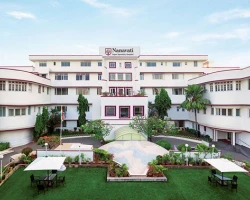
Mumbai, India
Specializations: Cardiac surgery, Vascular surgery, Thoracic surgery, Neurosurgery, Spine surgery, Orthopedic surgery, Oncology, Dentistry
The iconic healthcare institution of Mumbai, Dr. Balabhai Nanavati Hospital, blessed by Mahatma Gandhi and inaugurated in 1950 by India’s first Prime Minister Jawaharlal Nehru,
read more
Prices for selected procedures, total:
from $475
Prices for popular procedures:
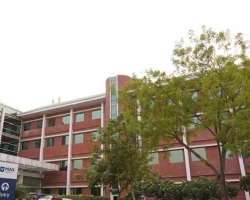
Bhatinda, India
Specializations: Cardiac surgery, Vascular surgery, Thoracic surgery, Neurosurgery, Spine surgery, Orthopedic surgery, Oncology, Dentistry
Max Super Speciality Hospital, Bathinda is known for its expertise in Neurosciences, Orthopaedics, Cardiac Sciences, Cancer Care, Obstetrics and Gynaecology, Minimal Access, Metabolic, and
read more
Prices for selected procedures, total:
from $475
Prices for popular procedures:
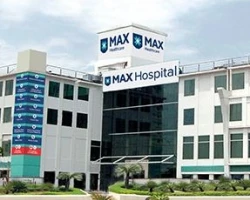
Gurgaon, India
Specializations: Cardiac surgery, Vascular surgery, Thoracic surgery, Neurosurgery, Spine surgery, Orthopedic surgery, Oncology, Dentistry
Max Hospital Gurgaon has treated over 5 lakh patients, applying its expertise across 35 specialised fields including Cardiac Sciences, Minimal Access, and Laparoscopic Surgery, Neurosciences,
read more
Prices for selected procedures, total:
from $475
Prices for popular procedures:
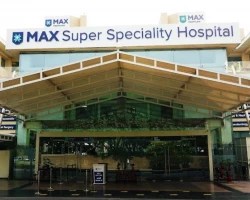
Dehradun, India
Specializations: Cardiac surgery, Vascular surgery, Thoracic surgery, Neurosurgery, Spine surgery, Orthopedic surgery, Oncology, Dentistry
The 200+ bed Max Hospital, Dehradun has always been at the forefront of providing quality healthcare. It has already done so for over 3 lakh
read more
Prices for selected procedures, total:
by request
Prices for popular procedures:

Milan, Italy
Specializations: Cardiac surgery, Vascular surgery, Thoracic surgery, Neurosurgery, Spine surgery, Orthopedic surgery, Oncology, Dentistry
Languages: English
The San Raffaele Hospital is an institute which embodies clinical, research and university activities. Established in 1971 it provides international-level specialized care for the
read more
Procedure price distribution worldwide
Coronary catheterization:
$0.1 K
This price found at
The Burdenko Main Military Clinical Hospital - Branch No. 3
in Russia, Balashikha
$7.1 K - 14.6 K
This price found at
Assuta, Ramat HaHayal
and 16 more clinics in 4 countries
$21.2 K
This price found at
Soroka Medical Center
in Israel, Beersheba
Minimum Average Maximum
Procedure prices in popular countries:
Coronary catheterization:
Israel
$2.0 K - 21.2 K
in
13 clinics
Turkey
$2.1 K - 2.1 K
in
16 clinics
Germany
$6.0 K - 6.0 K
in
26 clinics
China
$6.3 K - 6.3 K
in
3 clinics
United States
$9.5 K - 20.1 K
in
7 clinics
Countries with the highest number of clinics offering the procedures treatment:
Coronary catheterization:
worldwide
488 clinics
Brazil
34 clinics
India
31 clinics
Germany
26 clinics
Mexico
25 clinics
Australia
22 clinics
Clinics grouping by rating
Clinic with the highest rating of 5 — Clinical Hospital Lapino in Moscow, Russia and 3 more, clinic with the most reviews number of 35757 — Aster CMI hospital in Bengaluru, India.
With rating 4.0 and over — 170 clinics .

